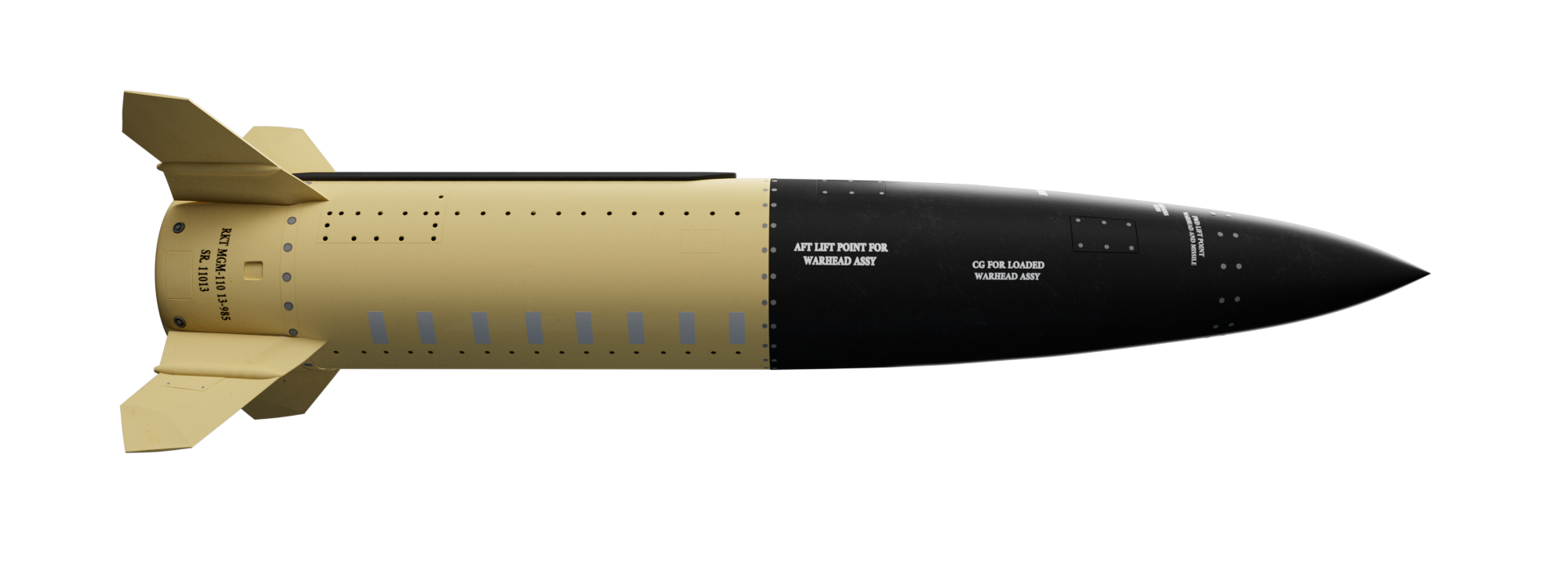- Category
- War in Ukraine
ATACMS, The Essential Tool for Missile Domination Is on Its Way to Ukraine

“The longer the missile range, the shorter the war,” said Ukrainian Foreign Minister Dmytro Kuleba, underscoring the critical role of long-range weapons. How do American ATACAMS impact the battlefield and could they truly alter the course of the war in Ukraine?
“In the agreement on Army Tactical Missile Systems (ATACMS) for Ukraine, all the details are in place,” Zelenskyy said. “Thank you, Mr. President, thank you Congress, thank you America.”
After months of political standoff in the Senate, the U.S. approved a $61 billion aid package for Ukraine on April 20th, 2024. Ukraine has been asking for these long-range missiles for a long time, and their arrival comes at a time when Zelenskyy warns the West of an expected major Russian offensive this spring.
“The great news is that this is finally happening,” said Senate Intelligence Chairman Mark Warner, referring to the transfer. “It should’ve happened six months ago…”
Why Ukraine needs long-range missiles?
Long-range missiles play a critical role in penetrating deep into Russian-occupied territories with precision. “Ukraine needs long-range missiles so that terrorists do not have a feeling of impunity,” President Zelenskyy asserted in a recent video address. Russian forces continue to target Ukrainian cities from launchers strategically positioned far beyond the frontline. Ukraine urgently needs additional weapons to effectively counter these attacks, targeting Russian ammo warehouses, depots, barracks, and supply lines.
Ukraine has already received some long-range missiles and has used them effectively. However, the long-awaited, longer-range ATACMS would be Ukraine’s farthest-reaching missile yet.
What are ATACMS?
ATACMS (Army Tactical Missile System) is a surface-to-surface guided missile fired from the HIMARS and MLRS M270 platforms. Their latest variant has a maximum range of 300 km. These missiles would penetrate further behind enemy lines than Ukraine’s current capabilities, enhancing Ukraine’s ability to deter potential adversaries and respond effectively to threats. They provide a significant advantage in terms of precision targeting and operational flexibility.
Ukraine’s track record with existing long-range missiles
Let’s explore Ukraine’s achievements with its current long-range missiles, examining operational benefits and the ongoing anticipation for additional resources.
HIMARS
Ukraine first received HIMARS (High Mobility Artillery Rocket Systems) from the US in the summer of 2022. These satellite precision-guided rockets offer enhanced accuracy, minimizing collateral damage. While most HIMARS attacks are not publicly confirmed due to the sensitive nature of military operations, there are clear examples of their effectiveness:
An alleged HIMARS strike killed at least 60 Russian troops at a training ground in Volnovakha, Donetsk Region (source: BBC, undisclosed sources).
The strike on the Antonivsky bridge, a key supply line for Russian-occupied Kherson, demonstrated their reach.
In 2023, Ukraine received GLSDBs (Ground Launched Small Diameter Bombs) for HIMARS, with a 150 km range, further boosting Ukrainian capacities. HIMARS has achieved cult status in Ukraine, with its image appearing in pop culture as a symbol of Ukrainian trust in its armed forces, encapsulated in the minds of millions in form of a viral the video of a man on a bicycle riding past a HIMARS launching rockets towards the Russians.
Storm Shadow / SCALP
Following further requests, the UK supplied “Storm Shadow” and France the “SCALP” cruise missiles, both with a reduced export range of around 250 km. These can destroy Russian targets beyond the reach of other Western weapons in Ukraine’s arsenal. While attacks using these missiles remain unconfirmed, speculation suggests they were involved in:
The operation targeting Russia’s Black Sea Fleet in Sevastopol, that destroyed the Rostov-on-Don submarine and Minsk landing ship.
Targeting the Kerch shipyard, hitting modern Black Sea Fleet vessels.
Despite secrecy surrounding these missiles, Defense Minister Oleksiy Reznikov has confirmed the Ukrainian military’s use of ‘Storm Shadow’ long-range missiles with 100% efficiency.
ATACMS (Short-Range Variant)
The first official confirmation of ATACMS use in Ukraine came after ‘Operation Dragonfly,’ with strikes on Russian airfields in occupied Luhansk and Berdyansk. These were the older ‘M39 Block I' variant, with a range of only 170 km. Despite this, the operation was highly successful. Further reported results include:
Elimination of five Ka-52 helicopters, four damaged Mi-8/17 helicopters, and runway damage in Luhansk.
Personnel and equipment losses, as well as airfield damage in Berdyansk.
Why the delay, and how things changed
The latest long-range ATACMS promised to Ukraine have a range of 300km, far exceeding any missile in their current arsenal. With Moscow intensifying attacks, particularly on Kharkiv, Ukraine urgently needs them. In a phone call with President Biden on April 22nd, Zelenskyy spoke of the missile strike on the Kharkiv TV tower, saying, “It is Russia’s clear intention to make the city uninhabitable.”
Here’s why the ATACMS took so long:
US stockpile concerns: Initially, the US worried that sending ATACMS would deplete their own stockpiles.
Cluster munitions: ATACMS carry cluster munitions, controversial due to civilian casualties caused by Russia’s use of similar weapons. Ultimately, it was decided the advantage for Ukraine outweighed the controversy.
U.S. aid block: Republican lawmakers held up the aid package for months, until the overwhelming approval on April 20th, 2024. Part of the package will replenish US stockpiles and fund equipment for Ukraine, including long-range missiles.
What’s next?
Thanks to the delivery of long-range missiles such as ATACMS, Ukraine will be able to continue its fight.
“[Long-range missiles] will puncture Putin’s arrogant view that time is on his side,” commented CIA Director William Burns. Foreign Minister Dmytro Kuleba added: “There is only one way to destroy Russian capabilities in Ukraine. It’s to hit deep into the occupied territories… you can do it only with long-range missiles.”
Zelenskyy eagerly awaits the ATACMS to counter Russia’s expected spring offensive, needing them to “repel the enemy and break the plans of the Russian Federation.” He hopes for timely delivery. The Senate aims to approve the final bill on April 23rd or 24th. Biden assures Zelenskyy that he’ll sign it immediately afterward, expediting the shipment. Senate Intelligence Committee Chair Mark Warner believes the ATACMS could arrive within a week of signing.
There is no doubt that the inclusion of ATACMS in Ukraine’s arsenal would be a tremendous asset. Ukraine has proven it will use long-range missiles responsibly and with deadly effect.
-5adb65e550f9dec24a01a35019e4b6b5.jpg)
-6359eca46c72bde40a90abaaadd6eaa8.png)
-29a1a43aba23f9bb779a1ac8b98d2121.jpeg)


-206008aed5f329e86c52788e3e423f23.jpg)
